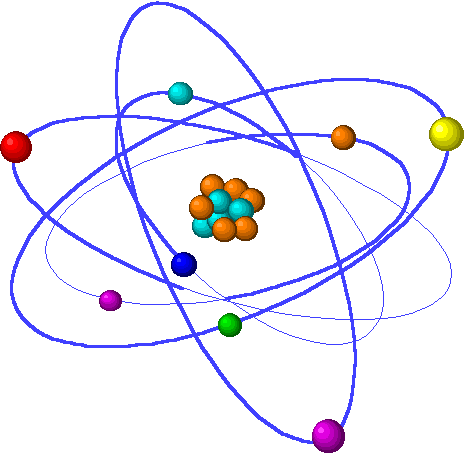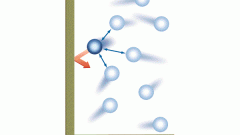Instruction
1
The physico-chemical processes is the transfer of heat from one body to another. It is possible, usually at constant pressure and temperature. In the role of constant pressure is usually atmospheric. Enthalpy, like internal energy is a state function.Internal energy is the sum of kinetic and potential energies of the whole system. It is the basis for the equation of enthalpy. Enthalpy is the sum of internal energy and pressure multiplied by the volume of the system and is equal to:H=U+pV, where p is the system pressure, V - volume of the system.The above formula is used to calculate the enthalpy in the case where all the three quantities: pressure, volume and internal energy. However, it is not always the enthalpy is calculated as follows. Besides him, there are several ways of calculating enthalpy.
2
Knowing the free energy and entropy, we can calculate the enthalpy. Free energy, or Gibbs free energy, represents the part of enthalpy of the system that is spent on turning in work, and equal to the difference between the enthalpy and temperature multiplied by the entropy:ΔG=ΔH-TΔS (ΔH, ΔG, ΔS - increment values)the Entropy in this formula is a measure of the disorder of particles in the system. It increases with increasing temperature T and pressure. When ΔG<0 process is spontaneous when ΔG>0 - is not.
3
In addition, enthalpy is also calculated based on equations of chemical reactions. If the equation of a chemical reaction of the form A+B=C, then the enthalpy can be determined by the formula:dH=dU+ΔnRT, where Δn=nk PN nk PN and the number of moles of reaction products and starting materials)In the Isobaric process equals the entropy change of heat in the system: dq=dH.At constant pressure enthalpy is equal to:H=∫СpdTВ if the enthalpy and entropy factors balance each other, the increment of enthalpy is equal to the product of temperature on the increment of entropy is:ΔH=TΔS





